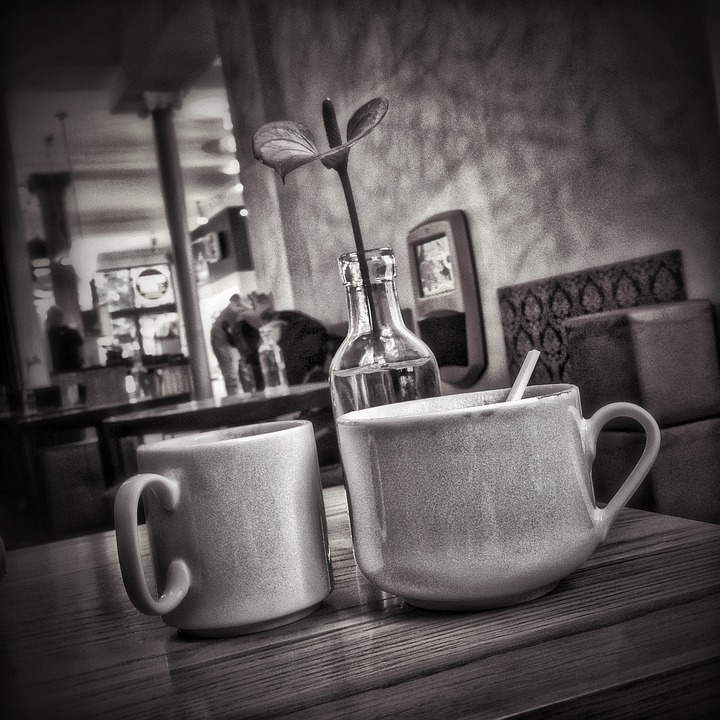Getting Started
The art of drinking coffee is well known around the world. Caffeine is the most used “drug” by adults worldwide, and has become more than just an energy booster.
Coffee has become the perfect type of socialization with friends or family, the perfect excuse for meeting new people, as well as the lightest and most common type of invitation for a potential new partner. Because, how many of us do not drink at least one coffee per day?
However, when it comes to espresso, things could become a little trickier. Espresso represents both a type of beverage and a brewing method. Thus, there is no type of coffee or coffee beans that cannot be transformed into a proper espresso, should you know all the techniques required. So what does it take to make the perfect espresso ?
Ingredients
The basic ingredients contain an espresso coffee machine, water and coffee beans. The right amount of ground coffee to create that espresso is of 7 grams, give or take 0.5 grams. Although some websites specifications or even baristas imply that the perfect shot of espresso can contain up to 9 grams of coffee, it truly depends on the quality of the beans used.
Further, the exit temperature of water from the espresso machine should not exceed 90 degrees Celsius. The optimum water temperature is of 88 degrees, which means a little below the boiling point. Moreover, the temperature of the espresso drink in the cup should be no further than 70 degrees, while the optimum is of 67 degrees.
The entry water pressure is also highly important, meaning that a good shot of espresso will be made at a pressure of 9 bars, given or taken one bar.
Last, but not least, one cup of good espresso should not exceed 100 mg of caffeine. Espresso shots are known to be quite strong, which also makes them the perfect base ingredient for a series of other beverages, including café latte and cappuccino.
The importance of ingredients
Making the perfect espresso shot requires more than the aforementioned ingredients. It also takes skills and a certain quality of the ingredients used. After all, this is why we tip our baristas, right?

- Caffeine percentage. Obviously, the main ingredient is the coffee beans used, which come in various caffeine concentrations and flavors. For instance, a Starbucks brewed coffee of 360 ml (12 ounce) will pack around 260 milligrams of caffeine, while the same amount of coffee purchased from a different retailer or coffee shop can pack less caffeine, of around 230 milligrams per same amount of product. Sure, it may not seem like a huge difference if you only have one, but most avid caffeine consumers drink 1 – 3 coffees per day. Adding up the difference, depending on the place you purchased your espresso shots from, you can become hyper active or, on the contrary, feel like you could also apply for the 4th
- Coffee beans . Another way of influencing the strength and taste of the final espresso shot is the quality or the type of beans used for preparing the beverage.
Deciding on the type of roasting preferred
As previously mentioned, espresso also means a type of roasting. You can use pretty much any type of roasting with your espresso making machine, but the best results will be obtained by using dark or French roasting.
When talking about the roasting, it is important exactly how you want your espresso to be. If you are the type of one cup only, then the dark roasting is the best approach for you. If you can take up the strength and the bitterness in a dark roasting espresso shot, then you can pretty much handle anything in life.
If you are the type of one cup only, then the dark roasting is the best approach for you. If you can take up the strength and the bitterness in a dark roasting espresso shot, then you can pretty much handle anything in life.
On the contrary, if you prefer a milder espresso approach, you can use a lighter roasting. You will still have the benefits coming from a strong roasting, but without the sensation that your heart is about to pop out of your chest.
What are the best types of coffee to use when preparing an espresso?
- Ethiopian coffee represents the best alternative when you want that crema on top of your final product. A good espresso is known by its thick foam-consistence on top, which is exactly what Ethiopian coffee beans deliver. However, there are numerous subtypes of Ethiopian coffee, with some having a rather fruity taste, while other comes with an aggressive bite.
- Indonesian coffee beans are the perfect ingredient to pack up your espresso machine if you are into intense flavors. The earthy undertones will enhance the flavor, making it the perfect type of espresso for those who want to enjoy a strong and small shot, but not the true bitterness that comes out of it.
- If you are not sure what type of coffee to use for your espresso, you can always opt for blends that incorporate more than two different types. The Italian blends are the most renown, probably also because Italians have perfected the art of espresso.

